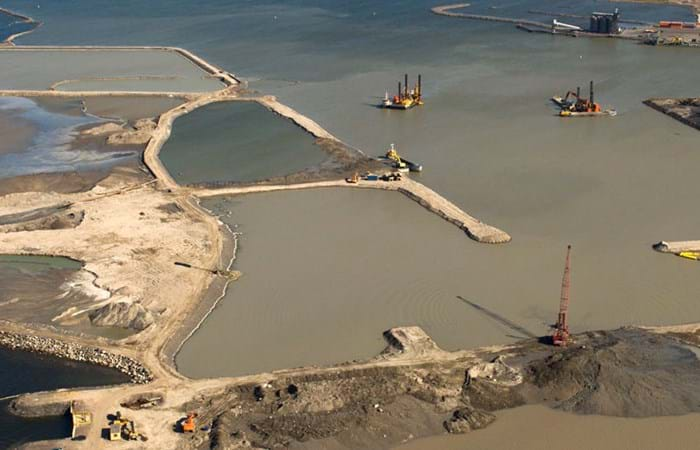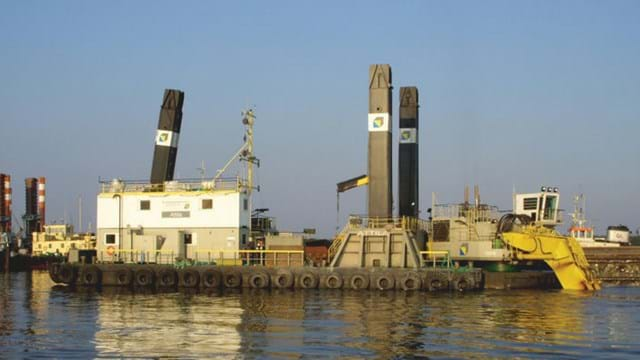The Raahe project is the largest dredging contract in Finnish history. Access for larger ships is economically important for the clients using the port of Raahe, such as the steel company Ruukki.
So it was decided to deepen the entrance channel and to extend the port, creating more land by reclaiming the dredged material from the basin and allowing large container vessels and bulk carriers to enter the extended part of the basin. The port extension eliminates the need to transship goods at sea using barges. The project was carried out by Terramare OY (Finland), the Finnish operating company of the RBW group. The project consisted of 4 separate sections:
- Construction of a fill area in the basin area;
- Capital dredging of the basin area and reclaiming this material into the fill area;
- Removal of the existing breakwater;
- Capital dredging of the 10 km long entrance channel / fairway.

